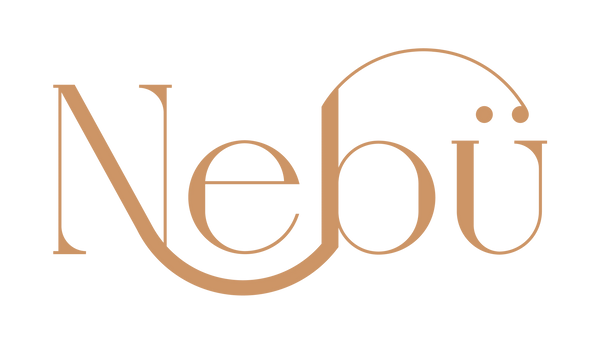As we all dive deeper into various stages of lockdown across the globe, where it feels like all anyone can talk about is the Covid-19 virus and how the world is falling apart, the concept of jewellery, seems not only frivolous but inconsequential.
So, today, we want to share why we offer 24K jewellery.
Here’s a hint... it has little to do with fashion.
We’ve all heard that gold has served as money for thousands of years. But exactly what forms did that gold take? It wasn’t always coins.
Before the first gold coins were struck, there was another form of money: pure gold jewellery. It was used as savings, currency, and even as a form of barter.
In fact, the tradition is so tied to our idea of money that modern currencies like the Thai Baht are named for the jewellery that preceded it. In that case, one could even break off detachable gold links to pay for goods and services.

Even today, in India, jewellery is the primary form of gold within the country. Meaning, it’s their preferred form of investment gold. They buy pure gold necklaces and bracelets instead of coins and bars. For every ounce of gold in coin or bar form bought in India, roughly another three ounces are bought in jewellery form.
Throughout much of history, individual wealth has been denominated in jewellery form.
Further, storing gold at home — even if you had a coin or bar — was not nearly as secure as it can be today. You couldn't leave your wealth in your hut — it just wasn’t safe. As a result, most people wore their wealth for security reasons.
Thus, gold jewellery quickly evolved into one’s “wallet.” People wore jewellery as a way of carrying their wealth. They kept their money draped around their neck or wrist, what amounted to a form of portable wealth.

Wearable Wealth: Jewellery with more pure gold value content than a Kruger Rand
Most jewellery sold in stores today doesn’t contain that much actual gold.
The jewellery you find in malls, and even high-end places like Cartier or Tiffany’s, is typically 14-karat gold or less. That means, almost 50% of the metal composition consists of alloys including brass and steel.
But mall jewellery still costs a pretty penny — typically selling for 5x to 10x the amount that its gold content would warrant. Why the huge mark-up? People are buying the brand as a fashion statement, not for its actual value. People associate value with the brand name, not the value content of the piece they buy. Sadly, this perceived value does not transfer to actual value on your balance sheet.
When it comes to gold, we believe only pure gold is gold. And when you buy it, you should pay reasonable premiums now, and then be able to recoup its market value later, as your jewellery grows in value over time.
That’s why all our real gold jewellery has an even higher gold content, than bullion coins like Kruger Rands and American Eagles (22K or 91.7% gold content.)
Of course, there’s no substitute for owning gold bullion coins and bars. But for those seeking diversification, pure gold jewellery offers portability and discretion, all in wearable form so that you can enjoy it.

In other words - while your bullion and coins sit in a vault, which as we've now seen during the lockdowns, are also subject to government regulations and forced shutdowns, your gold jewellery can be worn; Across any border, sold anywhere in the world.
Most ordinary people have no idea how much gold is in a single piece or what it’s really worth. While an individual piece’s intrinsic value may nearly be impossible to guess at a glance, there’s no denying the beauty of real gold.
Each piece is designed to be worn daily, with many timeless styles to choose from. This makes it easy to give the gift of gold to loved ones.
If you’re looking for an elegant gift that is a time-tested store of value, consider pure gold jewellery. Not only could it be cherished long after these uncertain times have come and gone, but its value will remain for years and years to come.
"No one watching [Goldmoney 2020 Outlook Roundtable] should be buying precious metals unless they are buying physical - preferably in their hand or on their wrist or, ... outside the banking system. The simple trick of having something that retains is value throughout time, is something that nothing else can achieve."
- Roy Sebag

